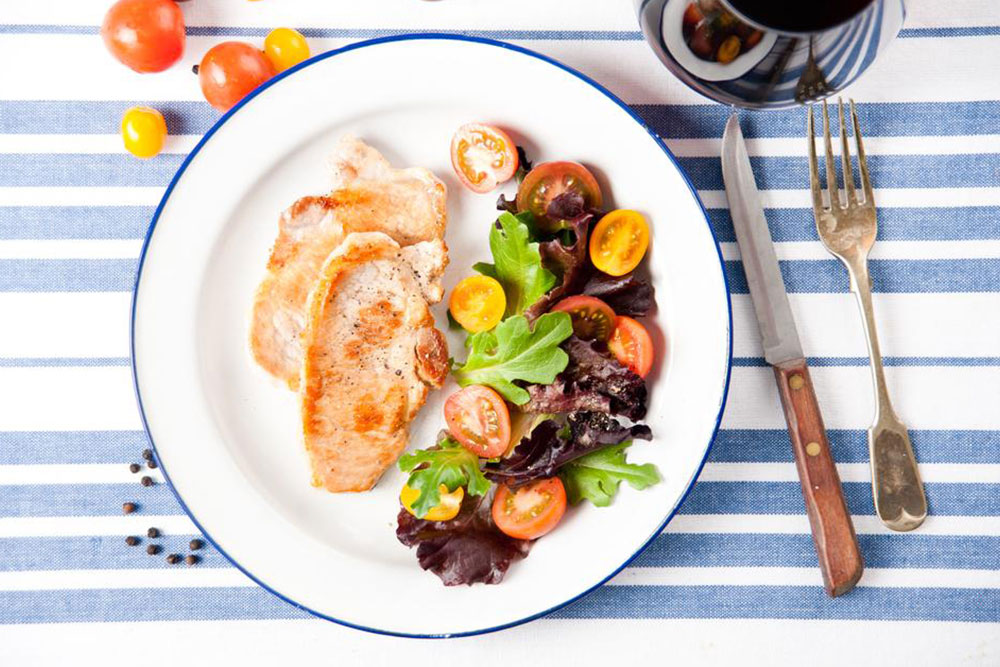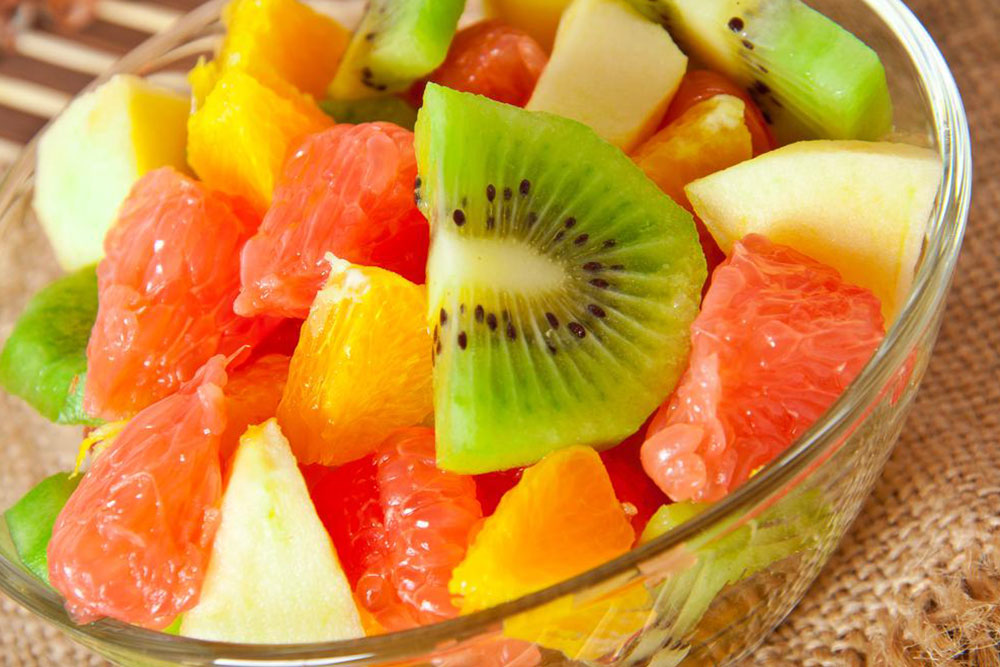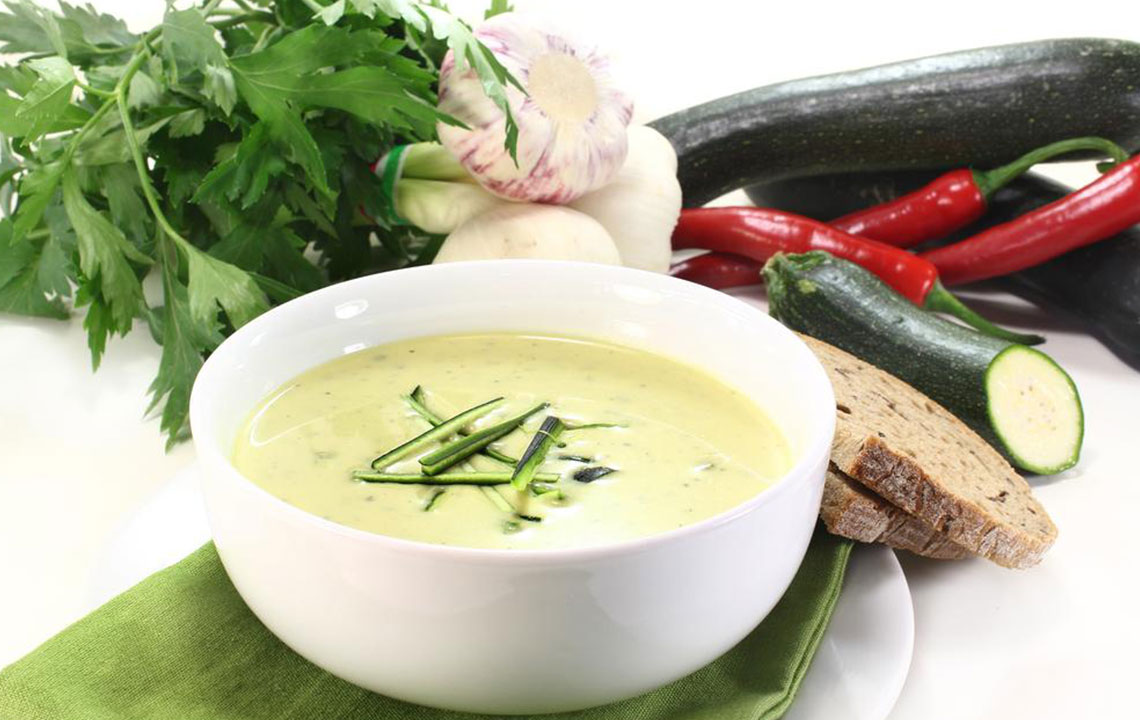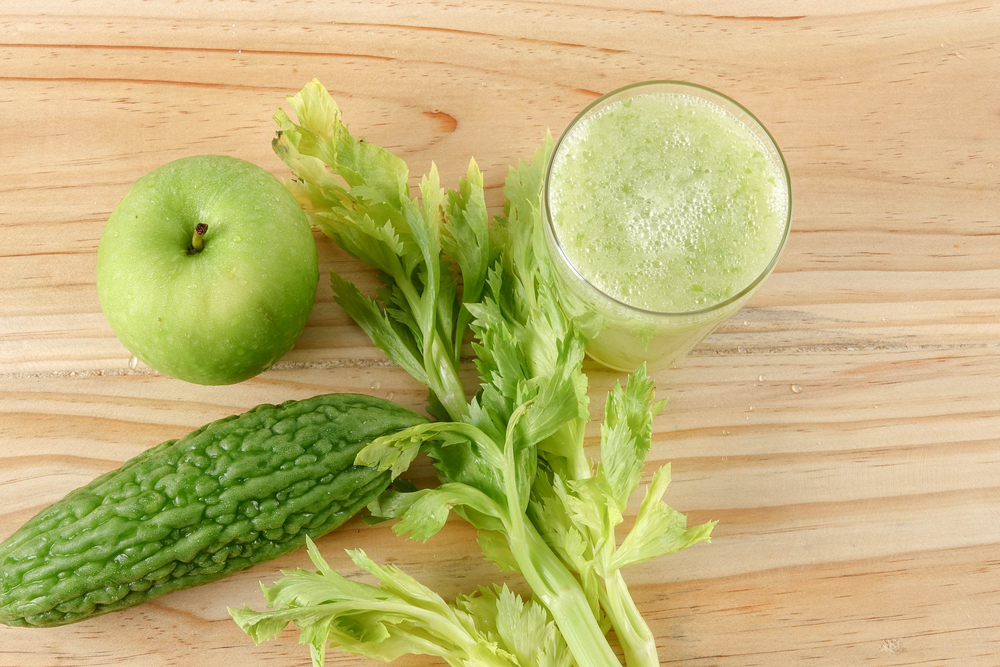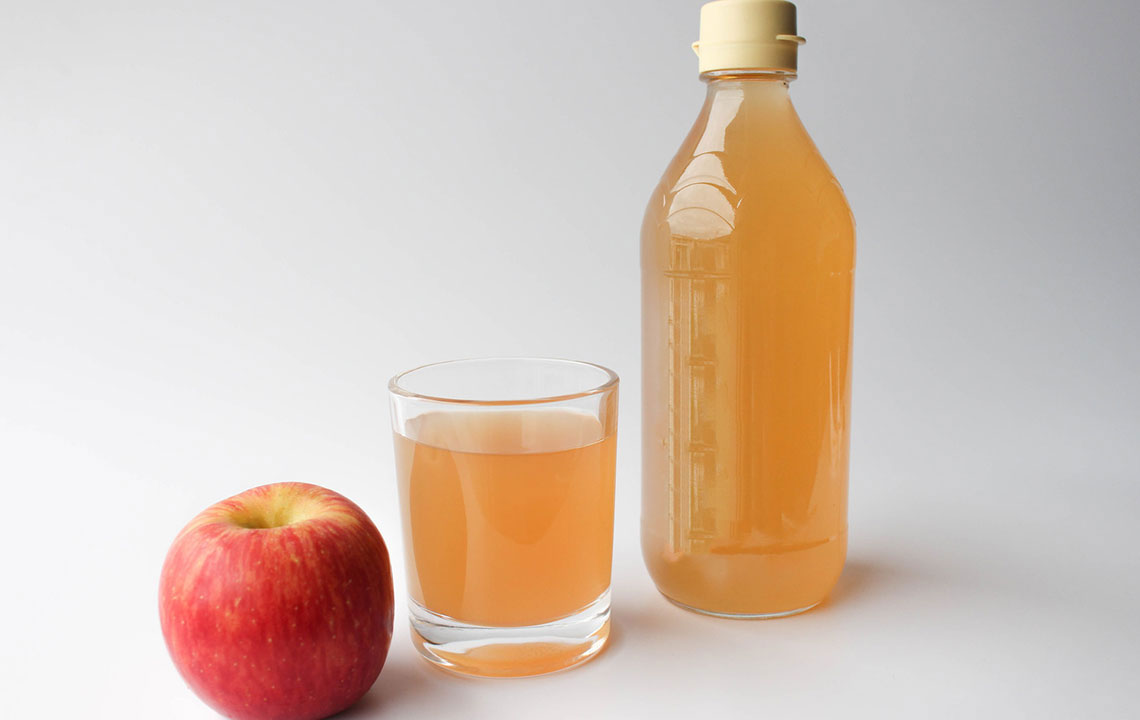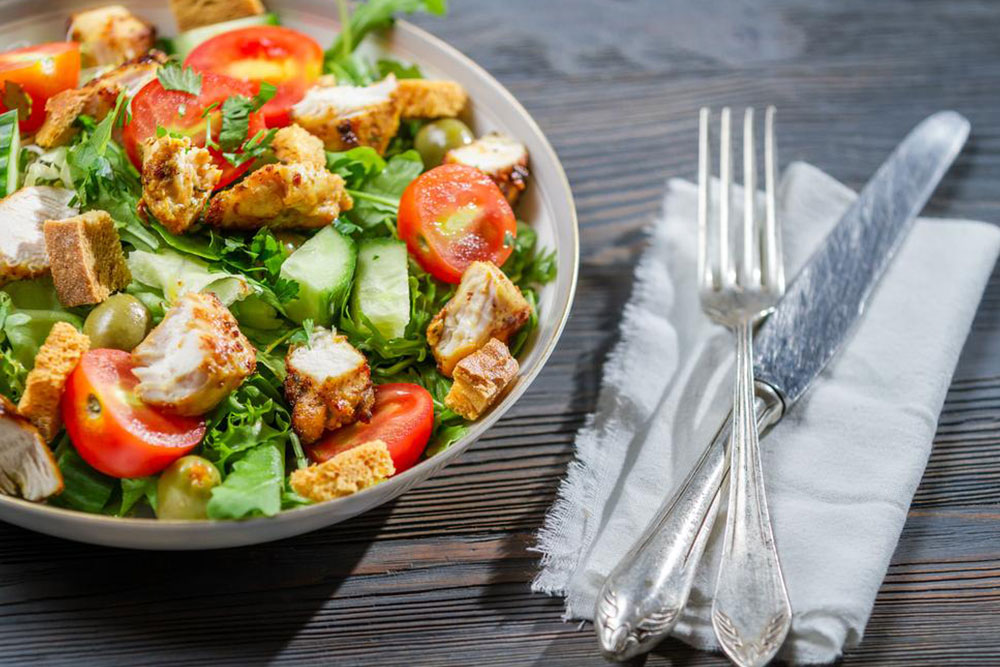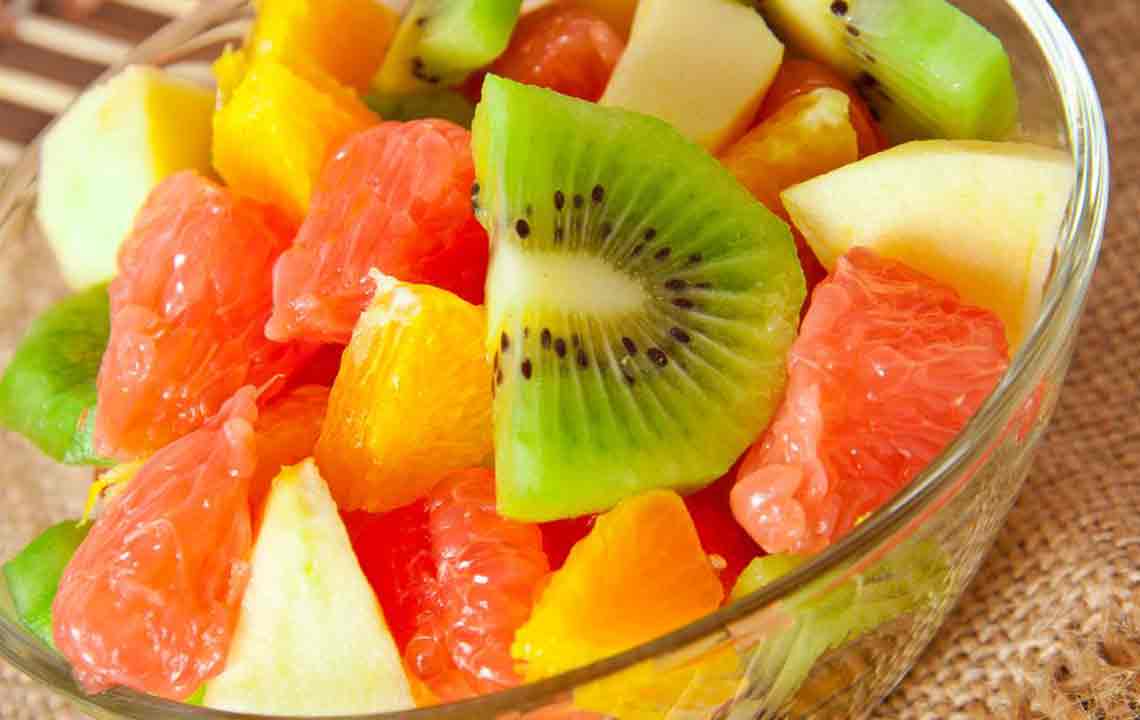Comprehensive Guide to Managing Gout with Diet
Discover effective strategies for managing gout through diet, including foods to avoid, beneficial ingredients, lifestyle tips, and delicious meal ideas to reduce flare-ups and improve joint health. Learn how hydration, weight management, and specific nutrients can help control this painful condition in a healthy, tasty way.
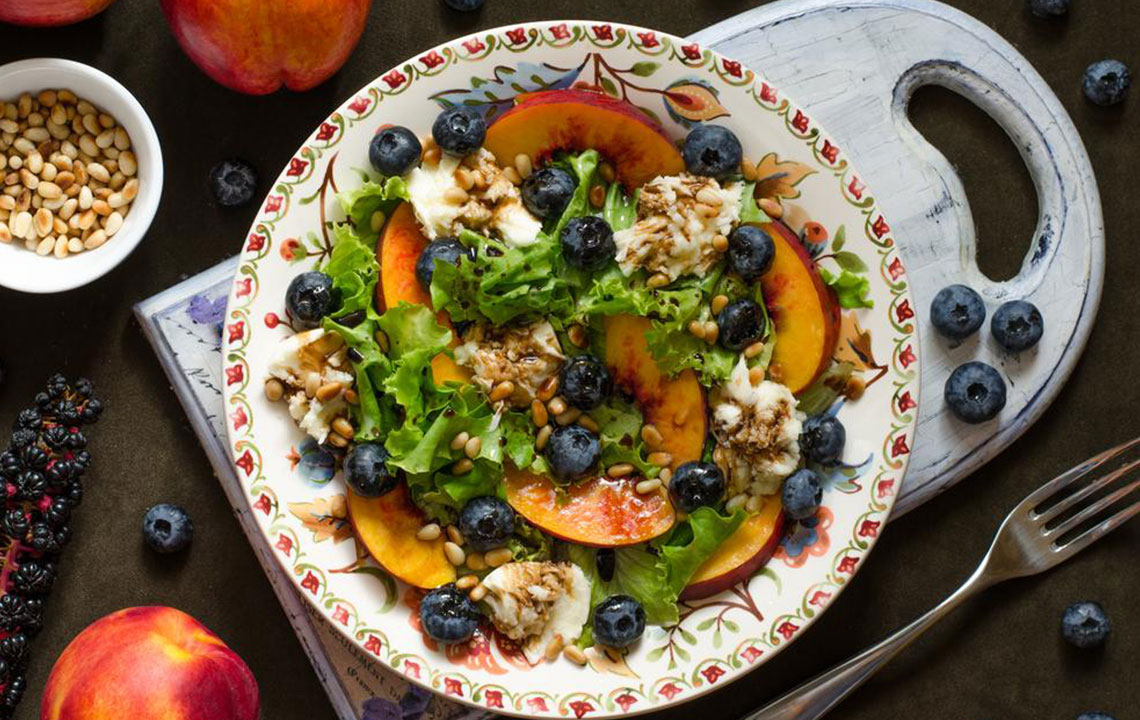
Managing Gout Through Dietary Choices
Gout is a type of arthritis characterized by sudden, intense pain in the joints, commonly affecting the big toe, but it can impact other areas as well. This condition results from the accumulation of uric acid crystals in the joints, leading to inflammation and discomfort.
Understanding Gout and Its Origins
The body naturally produces uric acid during metabolic processes. Normally, uric acid is eliminated via urine, but when production exceeds elimination, uric acid levels elevate. Excess uric acid can crystallize and deposit in joints, causing painful flare-ups.
Purines and Gout
Purines are compounds present in both the body and many foods. When broken down, they generate uric acid. Traditional diets aimed at controlling gout focus on low-purine foods, but recent findings suggest not all purine-rich foods need to be avoided. Many vegetables high in purines contain other beneficial nutrients that help reduce gout symptoms and inflammation.
Diet Tips for Gout Management
Developing an effective gout-friendly diet involves knowing which foods to limit and which to include, alongside lifestyle factors like weight management and hydration.
Maintain a Healthy Weight
Excess weight raises uric acid levels and puts extra stress on joints, increasing gout attack risks. Losing weight can lower uric acid and ease joint pain.
Stay Well-Hydrated
Drinking plenty of water helps flush out uric acid. A 2009 study indicated that increased water intake reduces the risk of gout attacks. Consult your doctor for tailored hydration advice.
Focus on Complex Carbohydrates
Opt for fruits, vegetables, and whole grains over sugary snacks. High-fiber foods support digestion and assist toxin elimination.
Limit Alcohol
Alcohol consumption, especially in excess, can trigger gout episodes by disrupting blood pH and promoting uric acid crystallization.
Foods to Avoid
Reduce intake of organ meats, red meats, shellfish, fatty fish, sugary foods, and high-fat dairy to keep uric acid levels in check.
Gout-Friendly Fruits and Vegetables
Vegetables like spinach, asparagus, cauliflower, peas, and mushrooms, despite their purine content, can be included as their nutrients counteract gout effects. Fruits such as cherries and berries have anti-inflammatory properties that may help reduce joint swelling and gout attacks.
Coffee's Potential Benefits
Moderate coffee intake has been linked to a decreased risk of gout attacks. Always check with your healthcare provider before making changes.
Enjoy Delicious Gout-Friendly Meals
Searching for tasty recipes that support gout management is easy—many online resources offer flavorful options, from savory vegetarian dishes to poultry and fish prepared with low-purine ingredients. Use spices freely; they add flavor without adding purines, and dishes like spaghetti with vegetables provide satisfying alternatives to meat-heavy meals.
Creating an anti-gout diet that is both delicious and effective is achievable through proper planning and research. Experiment with new recipes to stay healthy and comfortable.
Disclaimer:
The information shared on our platform covers various topics, providing helpful insights and practical tips. However, these articles should not replace professional medical advice. Readers should consult healthcare providers for personalized guidance, as the content might not reflect the latest research or individual health needs.

